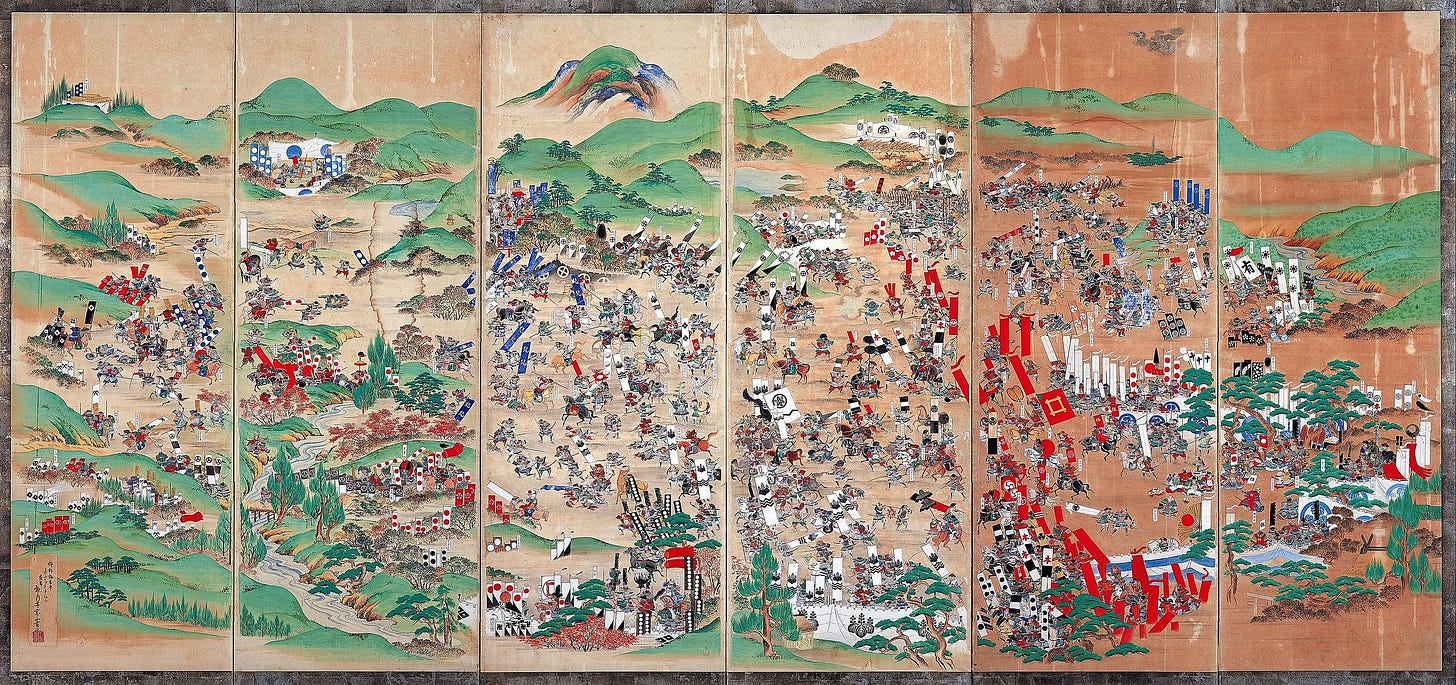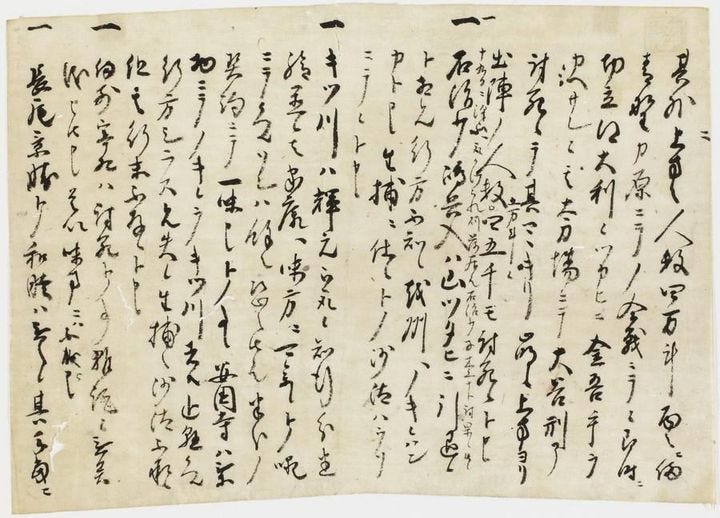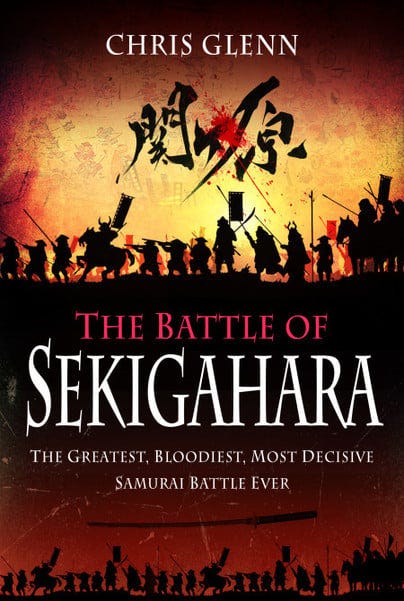Controversies Regarding the Dates and Names of the Battle of Sekigahara
The Dilemma of Dates and Destinations; Sekigahara, or Aonokahara? September or October?
According to many Japanese — and many modern books make the same mistake — the Battle of Sekigahara was fought on this day, September 15, 1600.
Indeed the Japanese and many Japanese history books list this day as the day of the decisive skirmish, as the Battle of Sekigahara was indeed fought in the 5th year of the Imperial Keicho period, on the 15th day of the ninth month. As Japanese students are taught the old traditional dates in their history lessons, they often get confused, and believe that September 15 is THE date of the battle. Despite the Japanese calendars moving to the world standard over 150 years ago, many dates of battles, births, deaths and events remain confusing and incorrect.
They fail to take into account the fact that this was the traditional day of the conflict, according to the old Japanese lunar calendar and Imperial dating system; 5th year of the Keicho period, ninth month, 15th day. By the modern Gregorian calendar, that equates to October 21, 1600. It was a Saturday.
For researchers, the precise dates of a battle can make a great difference when considering the requirements of the men in the field. For example, late October weather and temperature conditions, the state of the crops, soils and vegetation, and other circumstances are completely different from the hot, sultry, typhoon conditions of mid-September when open fields are thick with undergrowth, restricting access and movement.
Not only are there controversies regarding the dates, but the name of the battle too. Around 2016 experts re-discovered an old manuscript in Kyoto’s Youmei library with new information regarding the Battle of Sekigahara.
Known as the “Sakihisa Letter”, the pages were written just five days after the battle by Konoe Sakihisa (1536-1612), a court noble, active in political and military circles, having once had close ties to Oda Nobunaga, and later Toyotomi Hideyoshi, whom he adopted in 1585 to lend legitimacy to Hideyoshi’s claim to the title of Kampaku. The letter is not a new discovery, as a former professor had begun translating and editing the manuscript prior to the Second World War, before leaving it unfinished and his findings unpublished in the library.
According to the manuscript, the battle was not called Sekigahara, but possibly Aonokahara at first.
The re-discovered letter contains 14 articles describing such details as the date and circumstances that Ieyasu departed Edo Castle, and Kobayakawa Hideaki’s betrayal of the Western forces.
In regards to the name of the battle being called the Aonokahara Battle, there was a small village about 8km east from Sekigahara called Aono, part of modern-day Ogaki City. Another satirical poem penned by the Mori clan’s leader at Sekigahara, Kikkawa Hiroie also mentions Aonokahara. Yet another existing letter written to Date Masamune by Tokugawa Ieyasu on the day of the battle failed to mark the location as Sekigahara by name, instead stating that he was “In the State of Tono, in the mountains, fighting.”
At first, Ieyasu had expected the battle to have taken place on the plains west of Ogaki, and certainly not as far west as Sekigahara. It seems that one of the earliest mentions of Sekigahara appears in the Shimazu account, written a month after the battle, when the Shimazu army had returned to Kyushu. If one considers that, both sides, Ishida Mitsunari’s Western forces entrenched in Ogaki Castle, and Tokugawa Ieyasu’s forces located west of Ogaki had left Ogaki at night in heavy rain, and with a thick fog blanketing the Sekigahara basin in the early morning, the majority of samurai probably had no idea where they'd stopped. No one would have even had the time to think about it until they'd moved on. Later it was a probably case of,..."Hey, where DID we fight that day?"
Another satirical poem penned by the Mori clan’s leader at Sekigahara, Kikkawa Hiroie also mentions Aonokahara. Yet another existing letter written to Date Masamune by Tokugawa Ieyasu on the day of the battle failed to mark the location as Sekigahara by name, instead stating that he was “In the State of Tono, in the mountains, fighting.” At first, Ieyasu had expected the battle to have taken place on the plains west of Ogaki, and certainly not as far west as Sekigahara. It seems that one of the earliest mentions of the name Sekigahara appears in the Shimazu account, written a month after the battle, when the Shimazu army had returned to Kyushu, defeated.
Further details of the Battle of Sekigahara, including the translated Sakihisa Letter can be found in my book, The Battle of Sekigahara. (published 2020 by UK based military specialty publishers, Frontline Books) available faster and cheaper direct from the publisher, or from any book seller.( https://www.pen-and-sword.co.uk/The-Battle-ofSekigahara-Hardback/p/19269)







